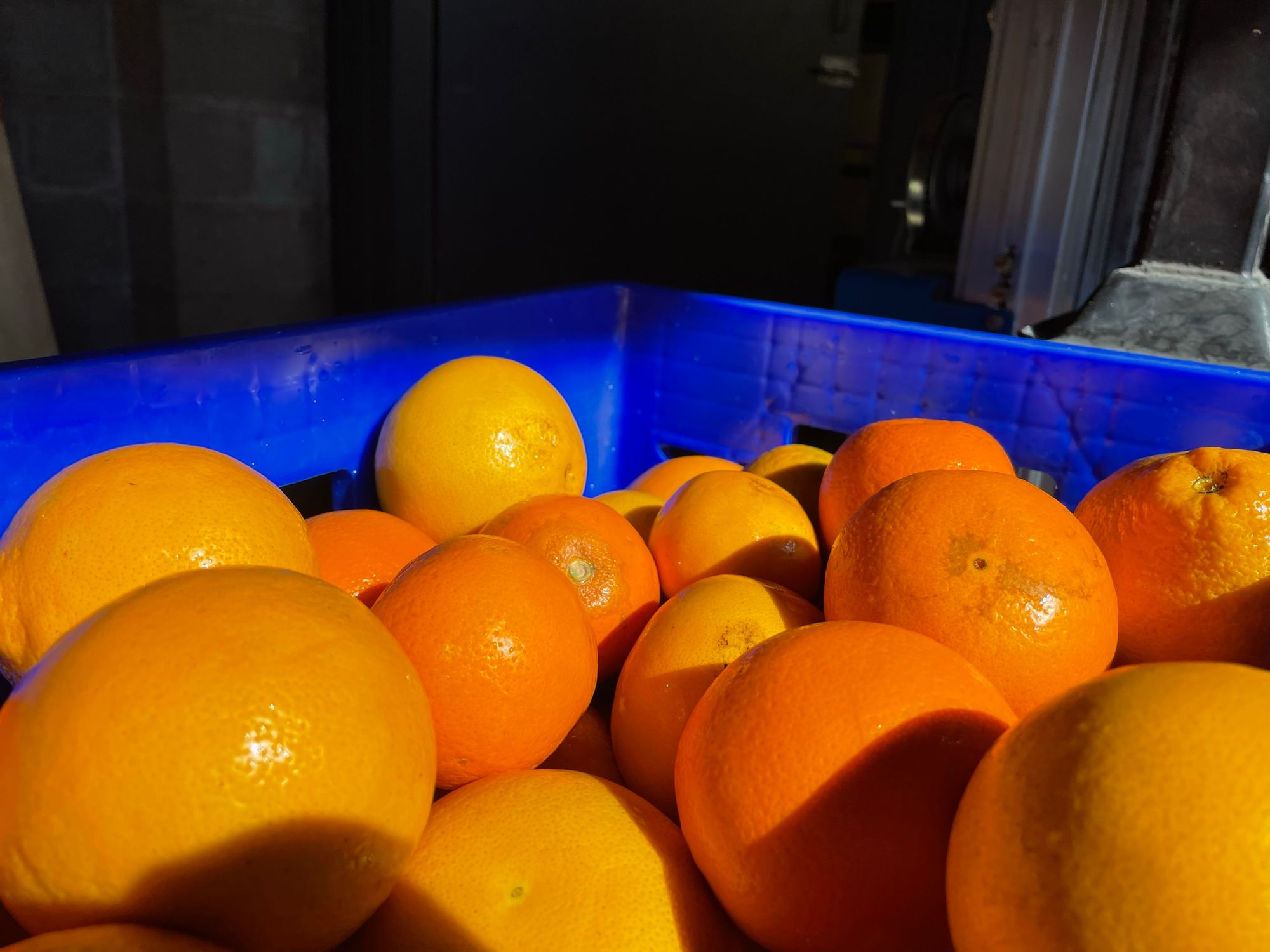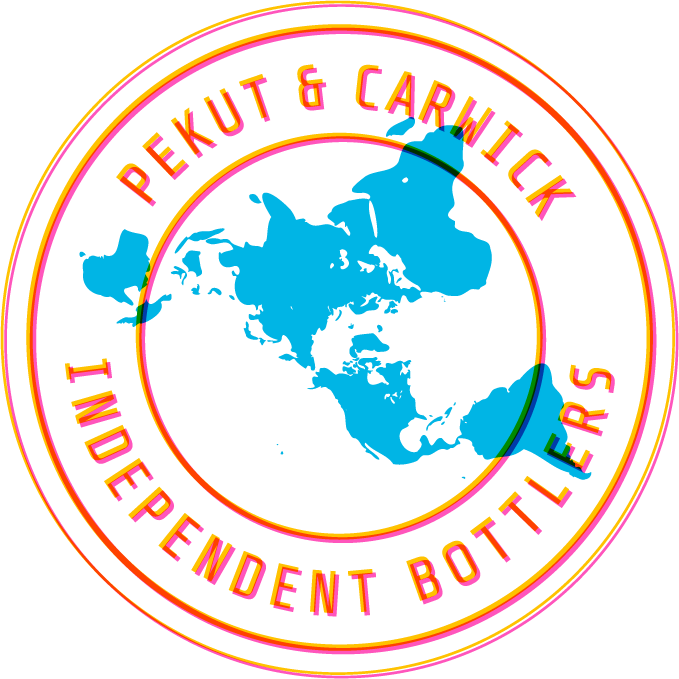Orange you glad we said Sevilles?

Winter is peak citrus season here in California. It's also the season of coming home late at night reeking of orange peels and vanilla beans after processing this year's batch of Citrus Aurantium California Vin D’Orange!
If citrus x aurantium sounds unfamiliar, maybe you know it better as the Seville, or bitter, orange.
Native to Southeast Asia, Seville oranges have traveled the globe. They're thought to have reached parts of Oceania in prehistoric times, North Africa in the 9th century, and Seville, Spain in the 12th century (thus the name). For 500 years, the Seville orange was the only orange in Western Europe, and it was the first orange to arrive in the Americas (specifically Mexico, Brazil and Florida). As a colonial New World commodity fruit, it was planted pretty much anyplace warm enough to grow it.
If they were such a hot colonial crop, why are Seville oranges so rare in the U.S. these days?
Seville oranges are hard to find in our domestic markets because they are unpalatable when eaten raw, which makes them a specialty crop (sound familiar? The ume plums we use in our Prunus Mume California Umeshu are like this, too). U.S. agriculture at scale demands high-yield, profitable produce, which in turn focuses farmers on meeting the market with a single species of fruit, vegetable, or grain: that's monoculture.
There are clear downsides to dependence on monoculture crops. For one, we miss out on flavors. People (like me) whose favorite fruit is the one they haven't tried yet have a harder time exploring. More importantly, as emissions-driven climate events change the growing environment around these farmers and their crops, complex economic and agricultural dependencies get snarled up with changing temperatures, water resources, and disease evolution. The results can be disastrous (think monolithic crop failure and massive profit losses). This has already happened with the Cavendish banana.
Also, us 'Mericans like our fruit juicy and full of sugar, so the average consumer isn't really primed for something as flavorful and bitter as a Seville orange. You need look no farther than the dessert apple's dominance over once ubiquitous American cider apples for another example of this trend (remember Johnny Appleseed? Those weren't Red Delicious he was planting; they were frontier cider apples). So, Seville oranges have been relegated to the specialty fruit aisle for the most engaged (read: dorkiest) of fruit foodies.
Well then, why use Seville Oranges?
Because they taste more like oranges than oranges!
Seville oranges sport a thick, bitter peel that's full of wonderfully aromatic oils and a dry, sour pith. Both play a role in the bittering we look for in our Citrus Aurantium California Vin D'Orange. It's some combination of those aromatic, sour, and bitter elements that make Seville oranges so desirable for perfumes, baked goods, savory dishes, and in that mainstay of the Full English breakfast, the original orange marmalade.
Our Citrus Aurantium Vin D’Orange is no exception—full throttle orange balanced with vanilla, chardonnay, white brandy, and sugar elevating and rounding out the Seville face punch.
